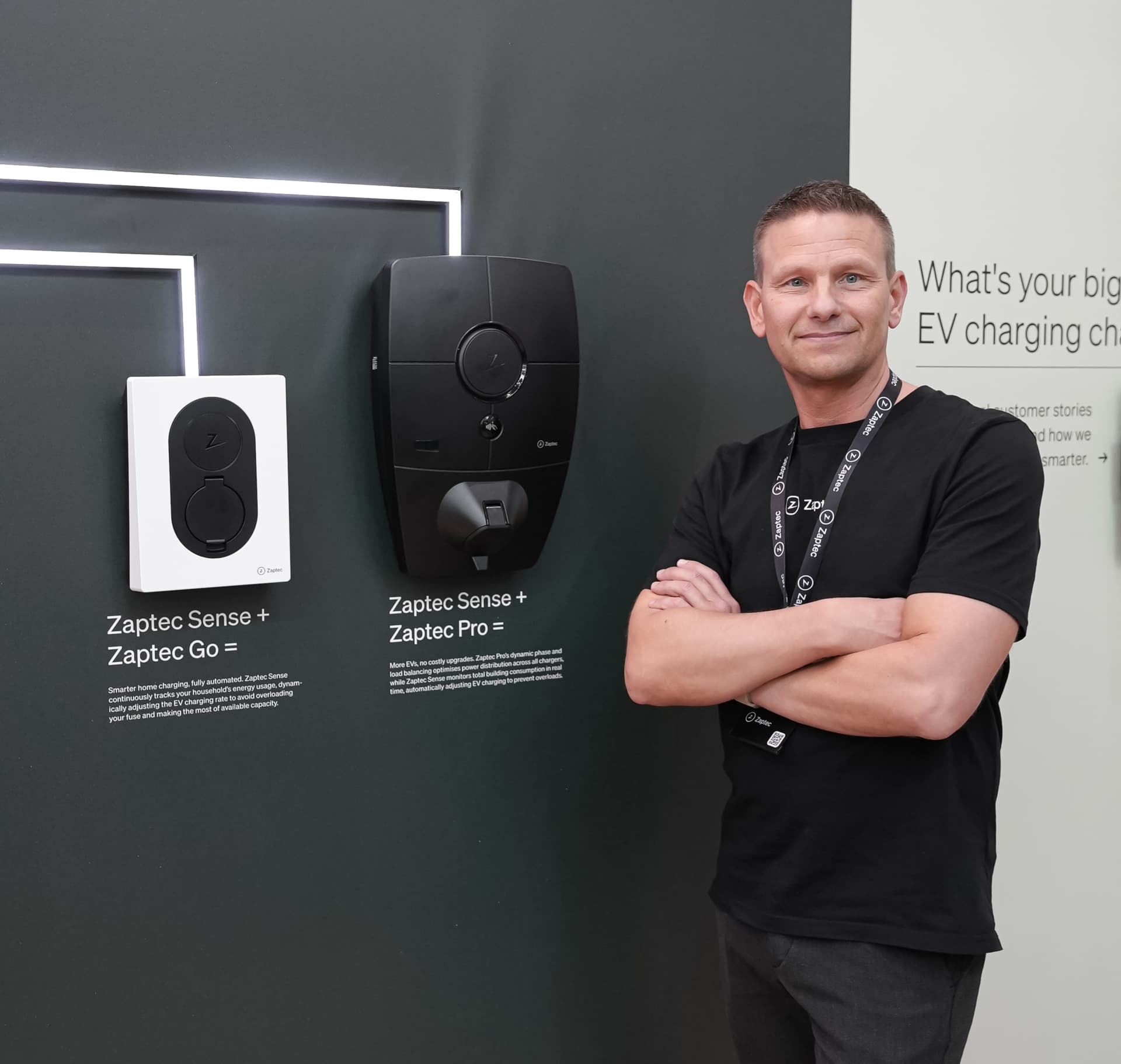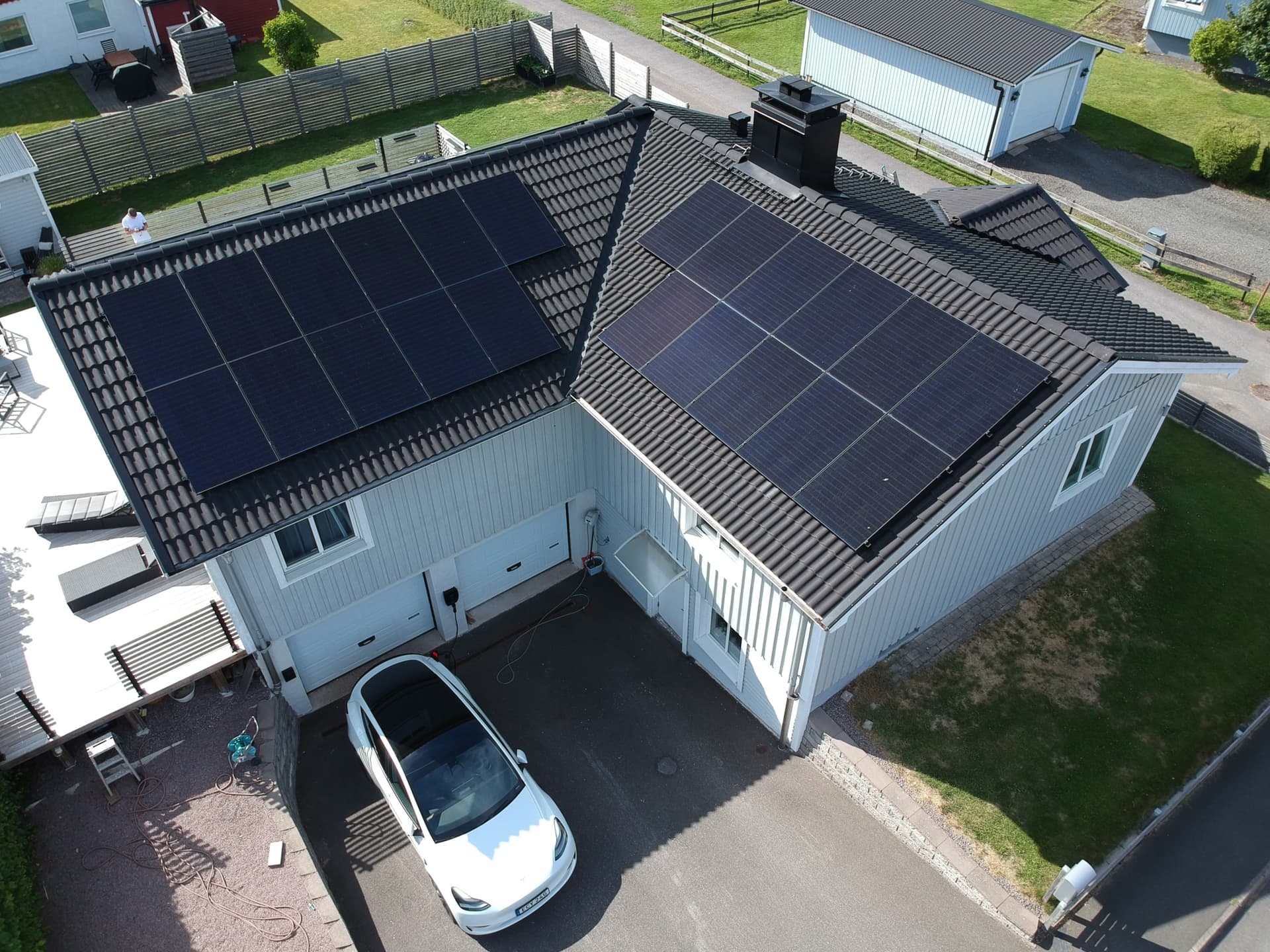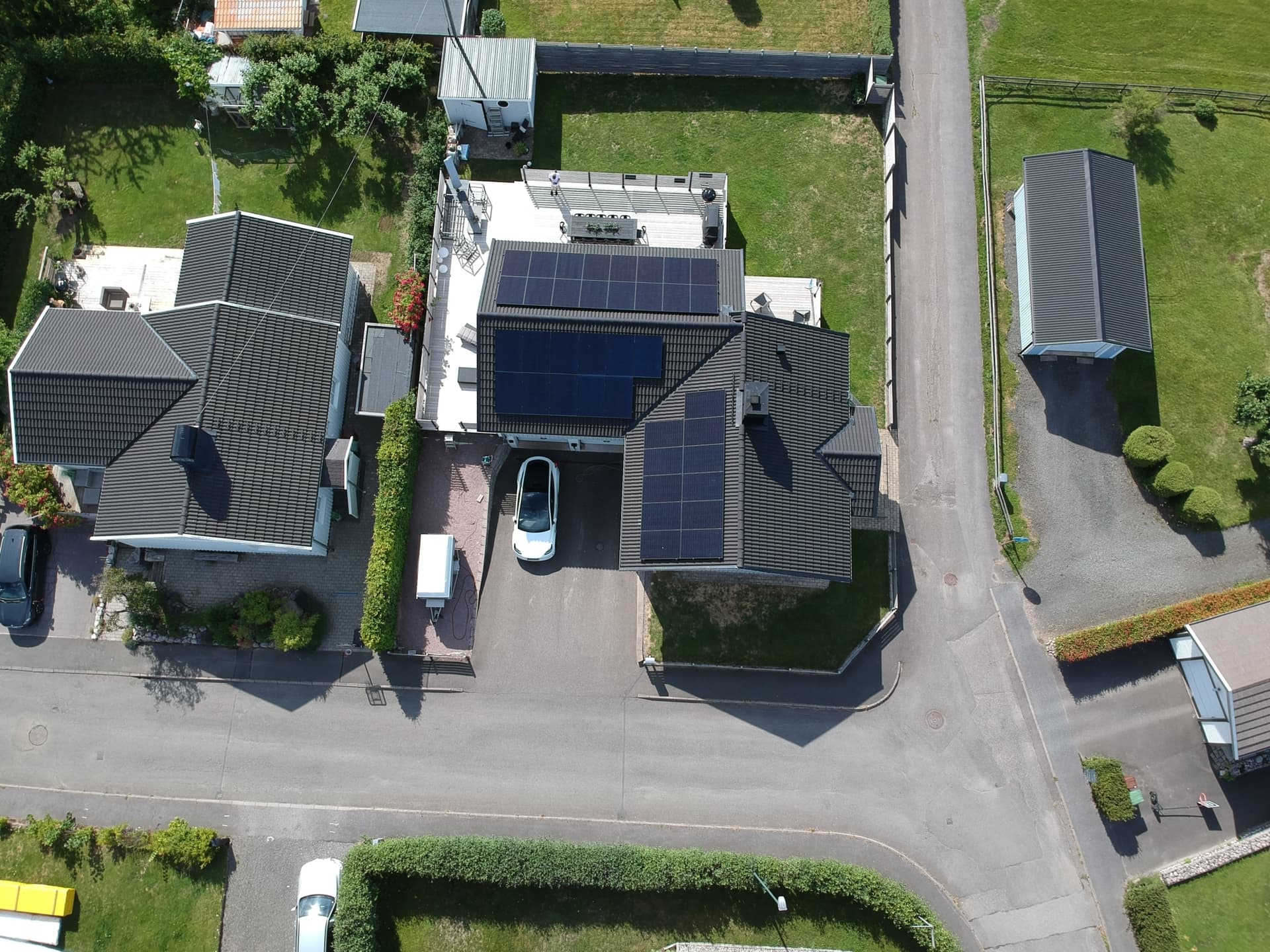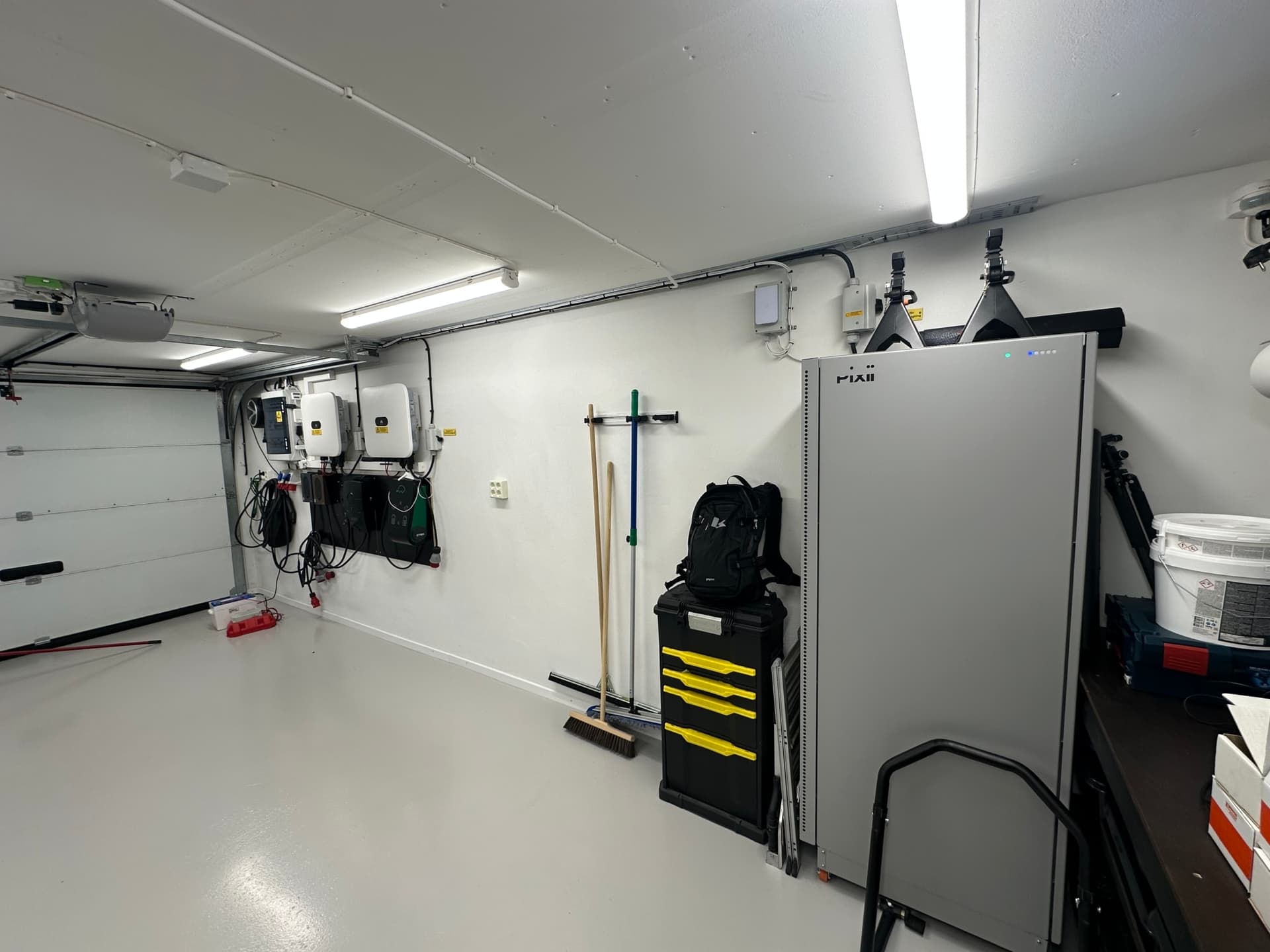How Mattias Nilsson went from electric car critic to solar charging guru at Europe’s leading AC charging company
Today, Mattias Nilsson is one of the go-to technical minds at Zaptec. But not long ago, he was the loudest EV critic in the room.
Today, Mattias Nilsson is one of the go-to technical minds at Zaptec. But not long ago, he was the loudest EV critic in the room.

“EVs are politics, not technology,” Mattias Nilsson used to say. For years, he was the most outspoken electric vehicle sceptic in his circle. To him, EVs were impractical, overhyped, and made no technical sense.
But one day, the conversation changed. During a casual chat at a former job, someone started talking about the technical aspects of EV charging. Mattias had no good answers. And that nagged at him.
“I’ve always been into tech. And when something doesn’t add up, I need to understand why,” he says.
What started as a quick fact-check turned into a deep dive into energy flows, conversion losses, and efficiency rates. How much energy is lost in generation, distribution, and combustion? How does an electric motor really compare to a combustion engine?
A modern combustion engine typically converts only 20 to 30 percent of the fuel’s energy into motion. The rest is lost as heat—through exhaust, cooling systems, and friction. In comparison, electric motors are far more efficient, usually operating at 85 to 95 percent efficiency. That kind of difference is hard to ignore…
That was the turning point. And once he got his first EV, another question followed: If charging is this crucial—how can I make it smarter, cheaper, and greener?

Not long after buying his first EV, Mattias installed solar panels on his roof. This was four years ago, when government support in Sweden was generous: 25% of the cost came back as a tax rebate. Electricity prices were high in the middle of the day, and he was paid well for feeding surplus power into the grid.
“At the time, the maths was simple. Generate power, sell it, get paid. It made sense.”
Then the market shifted. More people got solar panels, daytime production surged, and the grid got saturated. Prices dropped—sometimes to zero or even negative. What once looked like a “money printer” turned out to be far less lucrative.

Mattias flipped his strategy. The goal was no longer to sell as much power as possible—but to use as much of it locally. Today, his setup includes solar panels that produces up to 16 kW peak on a good day, a 20-kWh home battery (soon to be 40–50 kWh), and a smart energy management system that allocates power to the car, hot water, heating, and the rest of the household.
His Zaptec Go 2 charger automatically switches between single- and three-phase charging depending on available power. When the sun is strong, the car charges at up to 11 kW. On cloudy days or with lower production, it ramps down to as little as 1.4 kW. The battery picks up the slack and covers peak loads when solar can’t.
“It’s not about maximising production—it’s about optimising consumption. That’s a completely different mindset.”
Mattias uses Reduxi, an AI-powered control system that learns the family’s routines and ensures the battery is full before the daily energy spike around 4:30 pm.
Mattias’ biggest lesson is that the real value comes when you look at the full picture:
When the house, solar panels, battery, EV, and all appliances work together, you get a self-regulating system. A living organism that adapts to production and consumption—automatically.

At home, Mattias has his Zaptec Go 2 fully integrated with his solar panels, home battery, and energy control system. The charger supports automatic phase switching and adjusts output in real time—from 1.4 to 11 kW—depending on what’s available.
“When charging adapts to the house—not the other way around—that’s when it starts working as part of a proper energy system.”
Mattias didn’t shift his view because of slogans or sales pitches. He changed it because he tested the numbers himself. That process hasn’t stopped.
These days, he finds satisfaction in fine-tuning how his own home consumes, stores, and distributes energy—looking at the entire setup around the charger, not just the charger itself. The goal isn’t to prove a point. It’s to make the system work better.